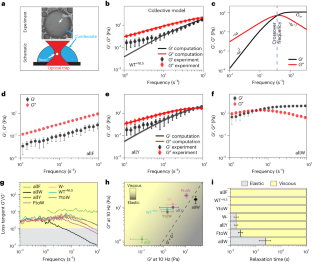2024-07-11 ペンシルベニア州立大学(PennState)
◆ロバート・セインバーグと彼のチームは過去20年以上の文献をレビューし、補完的優位仮説が脳の理解と脳卒中患者の治療法の発展に寄与したことを確認しました。脳卒中後の身体の両側が影響を受けることが明らかになり、新しいリハビリ方法が開発されています。特に、患者の「良い」側の腕のリハビリに焦点を当てた研究が進行中で、大規模臨床試験でも有望な結果が得られています。この研究は、神経損傷の治療を改善し、患者が日常生活に戻る手助けをするための重要な一歩です。
<関連情報>
- https://www.psu.edu/news/health-and-human-development/story/alternative-understanding-brain-leads-new-treatments-stroke/
- https://physoc.onlinelibrary.wiley.com/doi/10.1113/JP285561
相補性優位仮説:脳卒中患者の「良い」手を改善するモデル The complementary dominance hypothesis: a model for remediating the ‘good’ hand in stroke survivors
Nick M. Kitchen, Brooke Dexheimer, Jisung Yuk, Candice Maenza, Paul R. Ruelos, Taewon Kim, Robert L. Sainburg
The Journal of Physiology Published: 11 May 2024
DOI:https://doi.org/10.1113/JP285561
Abstract
The complementary dominance hypothesis is a novel model of motor lateralization substantiated by decades of research examining interlimb differences in the control of upper extremity movements in neurotypical adults and hemisphere-specific motor deficits in stroke survivors. In contrast to earlier ideas that attribute handedness to the specialization of one hemisphere, our model proposes complementary motor control specializations in each hemisphere. The dominant hemisphere mediates optimal control of limb dynamics as required for smooth and efficient movements, whereas the non-dominant hemisphere mediates impedance control, important for countering unexpected mechanical conditions and achieving steady-state limb positions. Importantly, this model proposes that each hemisphere contributes its specialization to both arms (though with greater influence from either arm’s contralateral hemisphere) and thus predicts that lesions to one hemisphere should produce hemisphere-specific motor deficits in not only the contralesional arm, but also the ipsilesional arm of stroke survivors – a powerful prediction now supported by a growing body of evidence. Such ipsilesional arm motor deficits vary with contralesional arm impairment, and thus individuals with little to no functional use of the contralesional arm experience both the greatest impairments in the ipsilesional arm, as well as the greatest reliance on it to serve as the main or sole manipulator for activities of daily living. Accordingly, we have proposed and tested a novel intervention that reduces hemisphere-specific ipsilesional arm deficits and thereby improves functional independence in stroke survivors with severe contralesional impairment.



